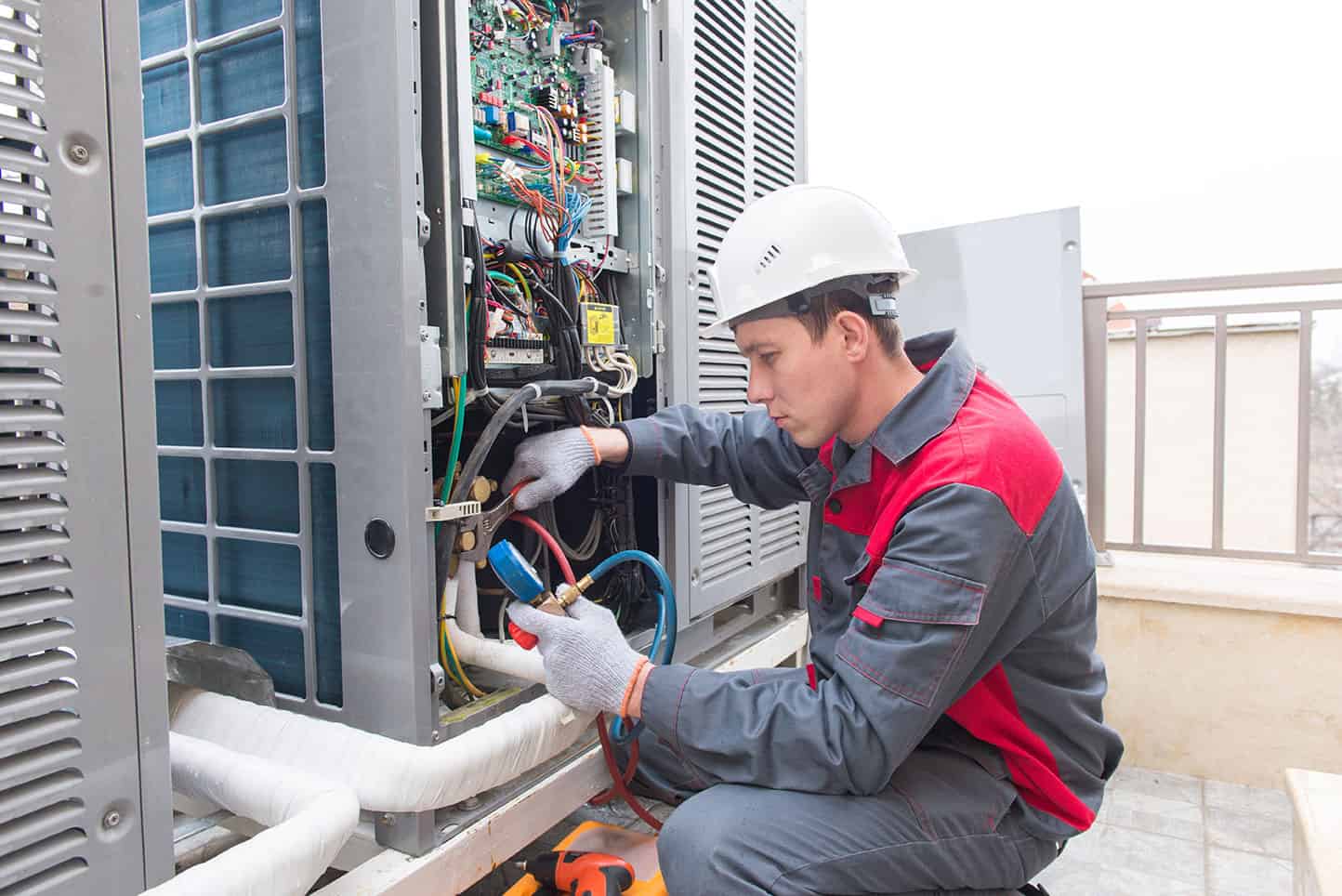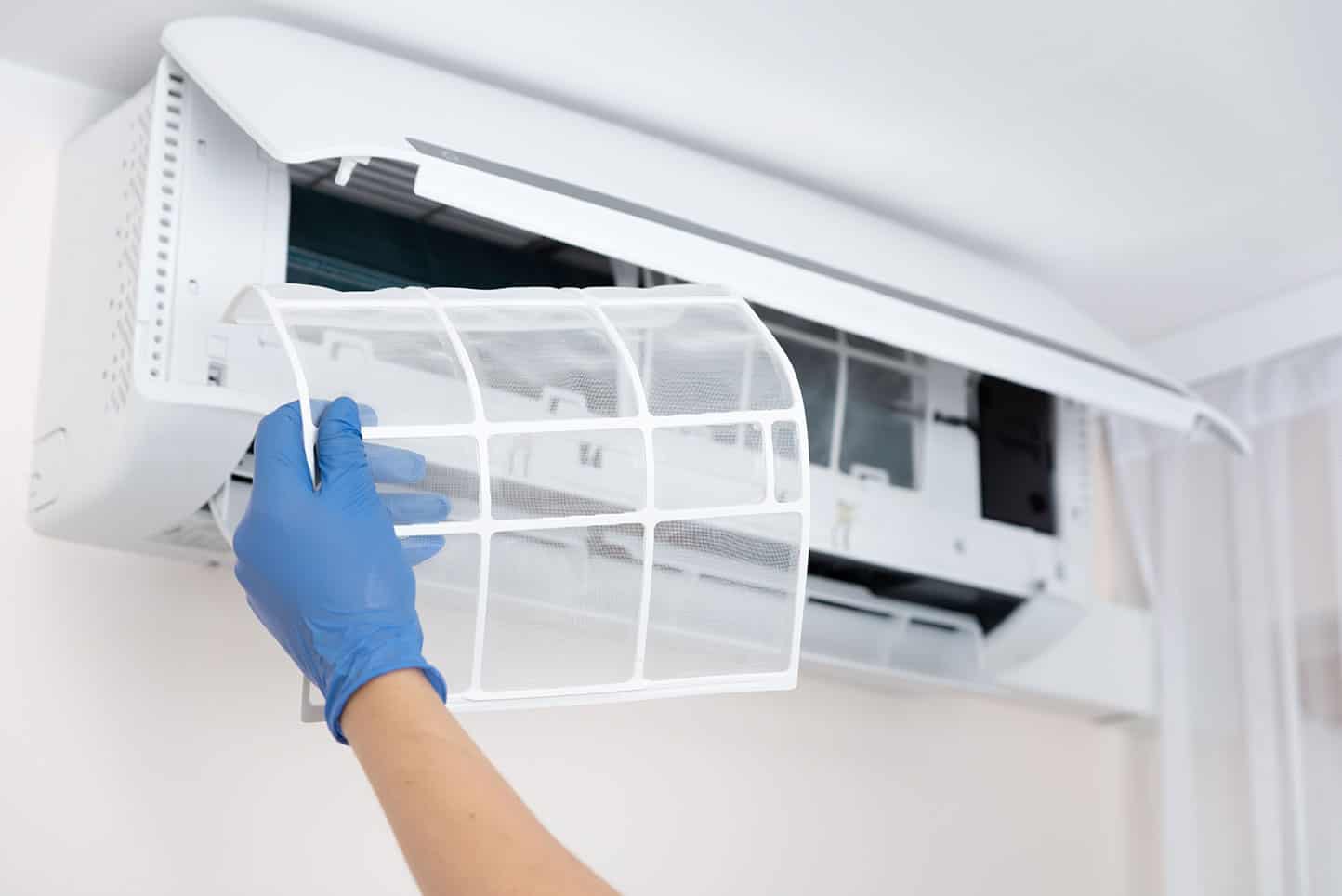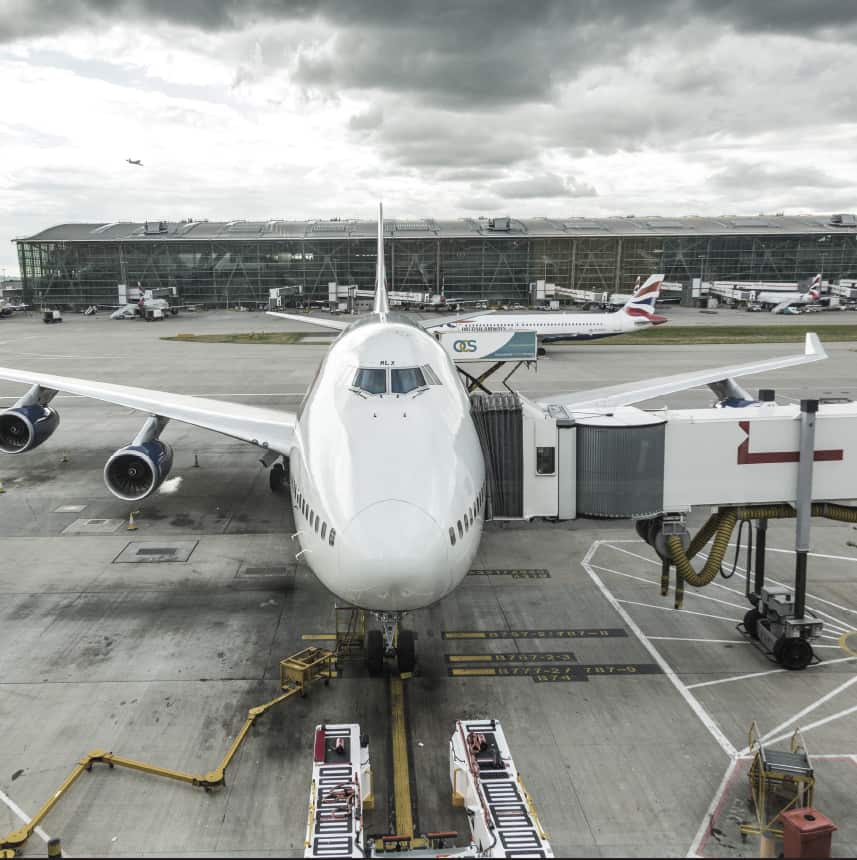In what can only be described as a turbulent year, many businesses have had to shut their doors and have all but forgotten about the general upkeep of their sites. With priorities shifted to keeping companies afloat and staff employed, HVAC maintenance and servicing has taken a backseat.

It goes without saying that one of the first tasks employers will have to tackle when returning to work is a deep clean. As we are still in the throes of a pandemic, a clean and disinfected workplace is the number one priority that needs to be actioned before any staff can be welcomed back to work.
Regular HVAC maintenance is also extremely important as it keeps systems performing efficiently. The nature of HVAC maintenance does change depending on the season. And with some sites being shut for months, managers will need to review their current equipment to ensure it is compliant and working correctly. As signs of normality return and facilities begin to reopen.
Knowing where to begin
While warehouses and factories may have still been operating in some capacity, many office buildings have seen little to no employees over the past 12 months. Therefore risking deterioration and even damage to their systems going unnoticed. But with so many pieces of equipment at each site, it is often hard to know where to start.
In order for businesses to keep functioning as best they can, those in charge of maintenance and servicing need to be educated on how the conditions of a system affects the type of work it needs. Manufacturer’s recommendations should also be taken into account.
To help define what these are, mechanical and electrical engineers recommend:
- The coils and pipes in HVAC equipment that are responsible for heat transfer are checked as if the equipment gets dirty it won’t transfer heat and energy as well.
- Checking controls annually to ensure that the HVAC system is running properly, as control calibration can alter. By scheduling regular check-ups, accurate operation is maintained.
- Maintaining equipment with fans quarterly to maximise longevity. Three key areas include monitoring the impellers, belts and bearings for any dirt, wear and tear, friction or erosion.
- Keeping an eye on filters. As when they are clogged it increases the pressure drop in a system. Which makes fans work harder to maintain the same airflow. A quarterly clean is usually sufficient for most filters. This is also true of strainers in systems.

Maintenance for the seasons
With spring now upon us, businesses need to optimise their HVAC and electrical equipment for maximum efficiency. This includes reviewing the sequence of operations for a morning warm up and cool down. However, it’s important to remember that because of prolonged closures over the last 12 months, autumn and winter checks and in some cases even summer checks were not able to be carried out. So before the spring work begins backdating maintenance is a good place to start.
With the help of experts, HVAC maintenance doesn’t have to be time-consuming. But it’s a critical part of maintaining an energy-efficient building that’s comfortable and reliable. With regular servicing and some basic knowledge of what is required, sites can maintain optimum efficiency all year round.
Noise complaints can also be an issue if HVAC maintenance isn’t carried out regularly. Spring is a good time for businesses to perform services on their equipment before the summer months start. And should be used to ensure that condenser coils and air handler filters are both clean. The dirtier the equipment, the noisier and less efficient it becomes, which is bad news for any business.

Correct Maintenance Procedure for AC Systems
Did you know it is estimated that routine maintenance can help a unit to maintain up to 95% of its original operational efficiency and performance.
When it’s time to return
When a building is returning to normal occupancy after a lengthy closure, additional checks must be considered. And when a building is initially mothballed it must be prepared for long term vacancy. But many businesses will not have had this opportunity before the national lockdown.
After a building becomes unoccupied, it is not the case that maintenance activity should also stop. At the very least, the frequency of existing planned maintenance will change. But in some cases, more maintenance tasks are required in order to keep the site ticking over. This includes flushing of water systems, Legionella testing and insurance inspections to keep the property functional and compliant.
As the lockdown restrictions are lifted across the UK and many businesses are gradually reopening, it will present health and safety problems that have not been faced before. With this in mind, it is vital that maintenance becomes a priority as normal service is resumed. To not only ensure efficiency, but that no employee or visitor to a site is put in danger. Emerging from a surreal 12 months, there is no doubt that companies will still face challenges. So it is crucial that avoidable maintenance problems do not become one of them.

